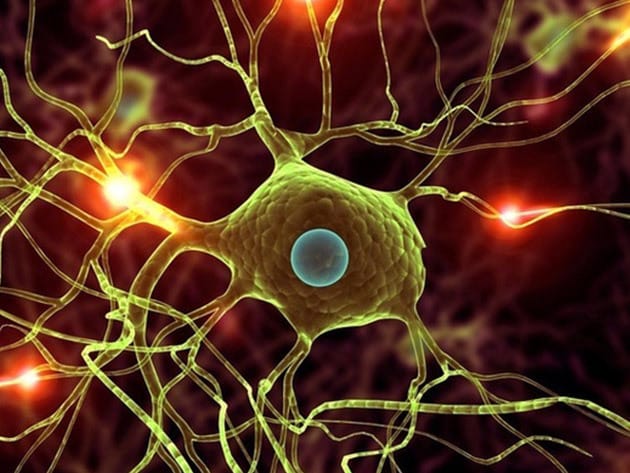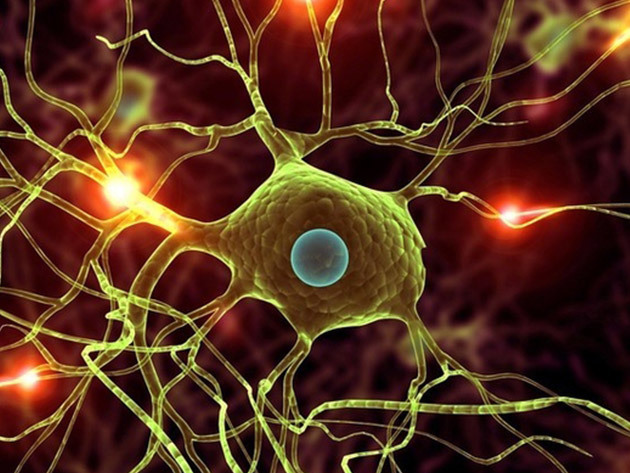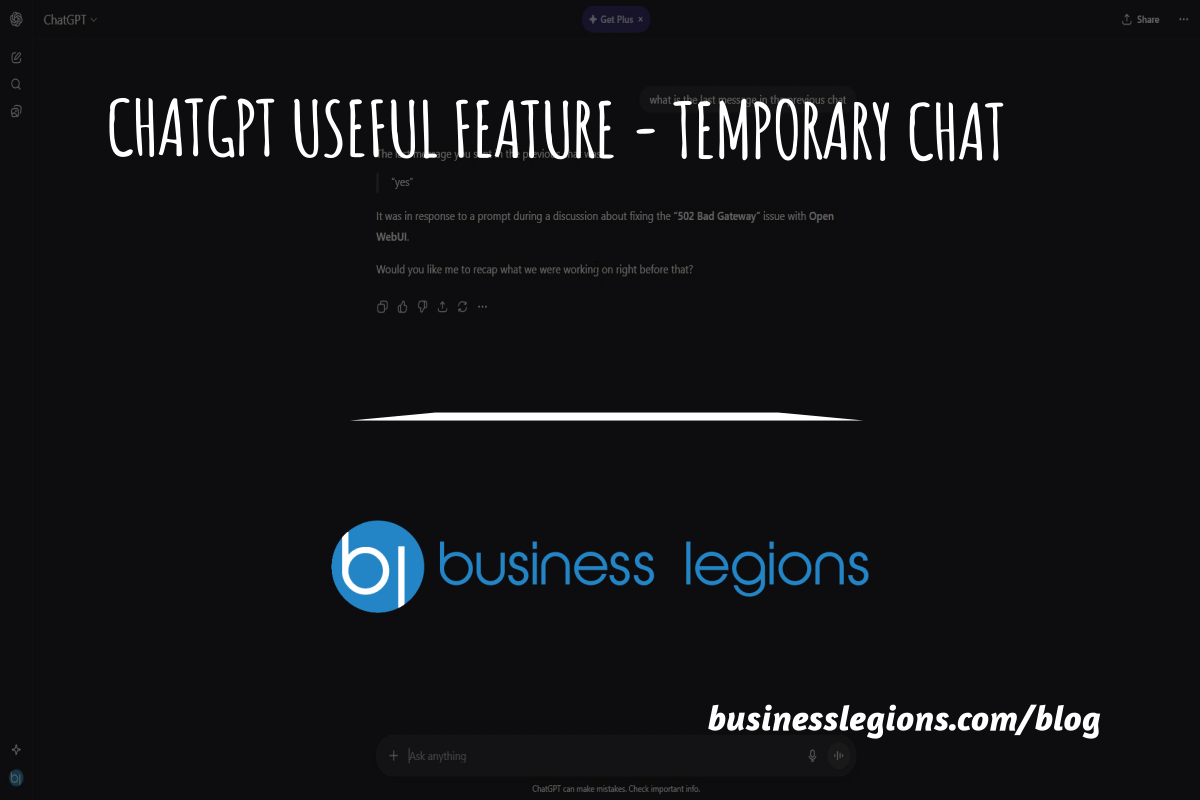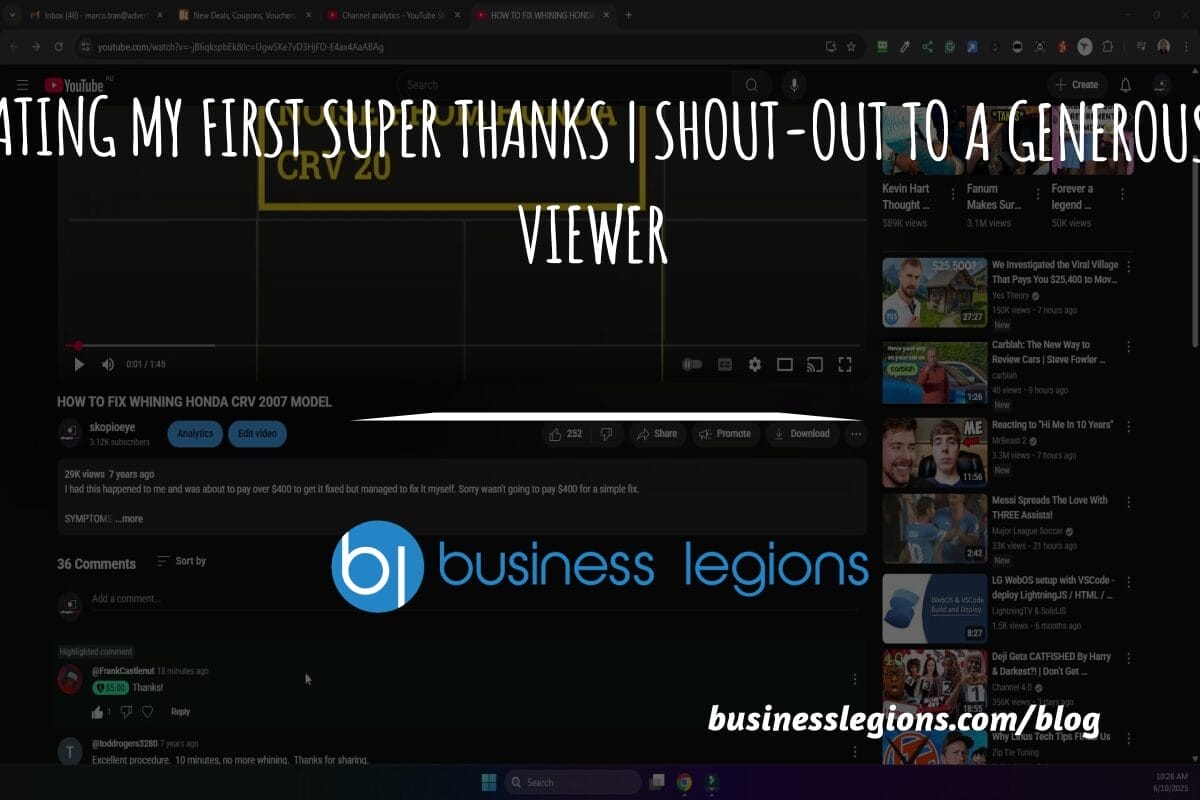Practical Deep Learning in Theano and TensorFlow for $29
November 3, 2016 / by Marco / Categories : Business, deals, design, entrepreneur, website

KEY FEATURES
The applications of Deep Learning are many, and constantly growing, just like the neural networks that it supports. In this course, you’ll delve into advanced concepts of Deep Learning, starting with the basics of TensorFlow and Theano, understanding how to build neural networks with these popular tools. Using these tools, you’ll learn how to build and understand a neural network, knowing exactly how to visualize what is happening within a model as it learns.
- Access 23 lectures & 3 hours of programming 24/7
- Discover batch & stochastic gradient descent, two techniques that allow you to train on a small sample of data at each iteration, greatly speeding up training time
- Discuss how momentum can carry you through local minima
- Learn adaptive learning rate techniques like AdaGrad & RMSprop
- Explore dropout regularization & other modern neural network techniques
- Understand the variables & expressions of TensorFlow & Theano
- Set up a GPU-instance on AWS & compare the speed of CPU vs GPU for training a deep neural network
- Look at the MNIST dataset & compare against known benchmarks
PRODUCT SPECS
Details & Requirements
- Length of time users can access this course: lifetime
- Access options: web streaming, mobile streaming
- Certification of completion not included
- Redemption deadline: redeem your code within 30 days of purchase
- Experience level required: all levels, but you must have some knowledge of calculus, linear algebra, probability, Python, and Numpy
- All code for this course is available for download here, in the directory ann_class2
Compatibility
- Internet required
THE EXPERT
The Lazy Programmer is a data scientist, big data engineer, and full stack software engineer. For his master’s thesis he worked on brain-computer interfaces using machine learning. These assist non-verbal and non-mobile persons to communicate with their family and caregivers.
He has worked in online advertising and digital media as both a data scientist and big data engineer, and built various high-throughput web services around said data. He has created new big data pipelines using Hadoop/Pig/MapReduce, and created machine learning models to predict click-through rate, news feed recommender systems using linear regression, Bayesian Bandits, and collaborative filtering and validated the results using A/B testing.
He has taught undergraduate and graduate students in data science, statistics, machine learning, algorithms, calculus, computer graphics, and physics for students attending universities such as Columbia University, NYU, Humber College, and The New School.
Multiple businesses have benefitted from his web programming expertise. He does all the backend (server), frontend (HTML/JS/CSS), and operations/deployment work. Some of the technologies he has used are: Python, Ruby/Rails, PHP, Bootstrap, jQuery (Javascript), Backbone, and Angular. For storage/databases he has used MySQL, Postgres, Redis, MongoDB, and more.
OTHER ARTICLES YOU MAY LIKE

CHATGPT USEFUL FEATURE: TEMPORARY CHAT
Everyday use of ChatGPT naturally trains you to think in threads. You ask a question, you get an answer, you refine the prompt, and the conversation accretes context. It’s one of the reasons ChatGPT feels more like a companion than a search box: it remembers what you said so it can respond appropriately next time […]
read more
A SMALL BUTTON, A BIG MILESTONE: MY FIRST SUPER THANKS
Every creator has milestones that feel both modest and momentous. Your first upload. Your first comment. Your first subscriber. And then one day, among the usual notifications, a new one pops up: your first Super Thanks. Mine came from a generous viewer, Frank Castlenut, who left a donation of five dollars alongside a kind note. […]
read more

